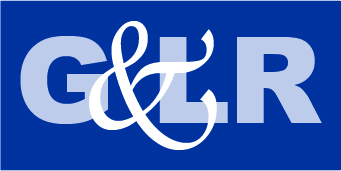THIS ENCORE ISSUE takes up the age-old question: when and where did the LGBT movement truly begin? The convention of dating its origins to the Stonewall Riots of June 1969 is all but written in stone by now, but it has not gone unchallenged. This issue brings back eight articles from past issues, seven of which disclose that there were riots and protests and LGBT organizations long before Stonewall. They can be seen to form essentially two clusters historically and geographically, each of which corresponds to an argument that takes exception to the primacy of Stonewall.
There has been a persistent voice of dissent holding that the West Coast is where the movement really began. Two years before Stonewall, a police raid at the Black Cat bar in Los Angeles gave rise to a city-wide protest in February 1967. It was there that the term “pride” was first used and the slogans of liberation chanted in the streets. Their message can be traced back to the 1950s with the founding of the Mattachine Society in L.A. and, soon thereafter, the Daughters of Bilitis in San Francisco, which evolved into national organizations that published monthly magazines and won legal battles and endured for decades. And they served as the organizational framework on which the Gay Liberation movement itself was built after Stonewall.
Indeed, some would argue that it was only when the Mattachine reached the East Coast that the possibility of a political revolution emerged. Starting in the early 1960s, Frank Kameny began to organize marches at government buildings in Washington and Philadelphia so as to bring the message of “homophile” rights out into the open, and in places that symbolized the struggle for equality.
But are we being too U.S.-centric here? A strong case can be made for Germany as the cradle of LGBT liberation beginning in the late 19th century. The term “homosexual” was coined by Karl Maria Kertbeny in 1868; the cause was taken up by Karl Heinrich Ulrichs, who used the term “Urnings” and advocated broad sexual reform; and it was institutionalized by Magnus Hirschfeld, who founded the Scientific-Humanitarian Committee in 1897 and campaigned for sexual tolerance until the Nazis came to power in the 1930s. Meanwhile, a kind of LGBT consciousness was emerging in England in the era of Oscar Wilde, when there arose a group called the Order of Chaeronea that looked back to ancient Greece and envisioned a separate society for sexual nonconformists.
Short of going back to Greece itself, there was an undercurrent of sexual liberation during the Enlightenment that shows up in the works of Goethe and the French philosophes, among others. Returning to Germany, we learn from a series of letters written in 1782 of a secret society of men who saw themselves as sexual outsiders and used the expression “warm brothers” to describe their association.


